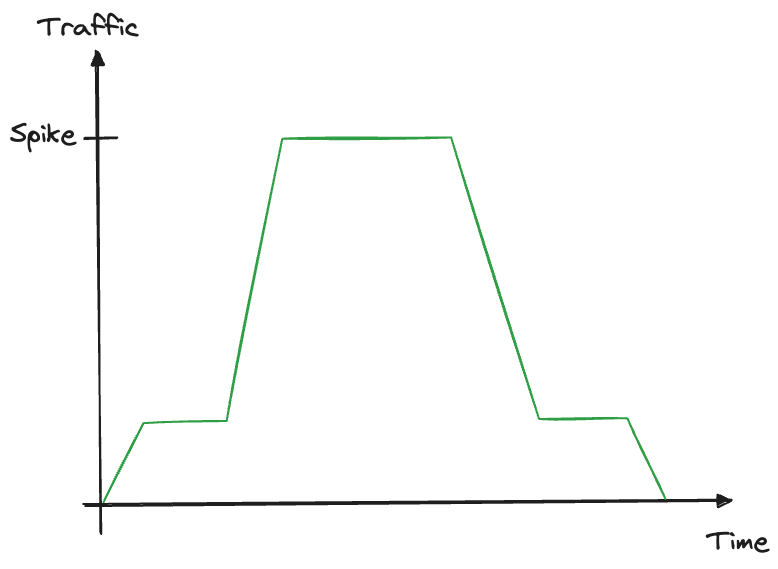#37 Verify Before Production: Stress Testing for Production Readiness
Stress tests can help you spot performance issues before they occur and ensure your application is ready for success at every stage of growth. Let's have a look at when and how to run them.
Another week, another type of tests. This time we will look at tests often confused with load tests. Ladies and gentlemen, it is stress-testing time!
It may seem difficult to tell the difference between the two since they both check how your application performs against the traffic that comes to it. The key difference is that load testing checks how your application performs under expected traffic (with some overhead) for a given period, while stress testing has a different mission: it pushes your application to its limits to see how it behaves under extreme conditions, such as when traffic suddenly spikes to double its usual volume.
This helps you find weak spots and confirm if your application can handle expected user spikes - think of big moments like the NBA Finals or Black Friday sales.
It also reveals when your current setup might need an upgrade or a complete overhaul by showing where and when your application starts to break under pressure.
By monitoring your application during stress tests, you will see how quickly it scales and what costs you might face over time. It will help you prevent nasty surprises in production - like your app crashing under heavy traffic or your cloud bill skyrocketing unexpectedly. The best part? You can do all this testing in a controlled environment.
There is also no need to reinvent the wheel - you can reuse everything you have already set up for load testing, including your test scenarios and known bottlenecks. And just like load testing, where you run your stress tests depends on your specific context and your software development process. It can be run on the canary candidate, blue or green environment, UAT, staging, or wherever.
But here is an important difference: timing. You would not run your stress tests as often as load tests. They are more expensive and they test extreme situations that don't happen every day. To keep things practical, I suggest running stress tests in the following situations:
Before releasing the MVP. This is the time to discover the true limitations of your application. If your product takes off quickly, you will know in advance where your application's weaknesses are. This way you can decide what to do - accept it or fix it (both options are fine, of course, depending on your context).
Before big traffic events like Black Friday. We have all been there - refreshing a ticket website that is struggling to keep up with thousands of customers. Your users deserve better than that frustrating experience.
After launching a high-impact feature that you expect will be heavily used. Think about new social media features or the game-changing functionality your users have been asking for.
Before entering a new market. Whether you are expanding geographically (e.g., from Europe to Asia), targeting a new customer segment, or entering a new industry, you need to know if your infrastructure can handle different traffic patterns. Each market can bring its own challenges and different peak usage times.
On a regular schedule that makes sense for your product - maybe monthly, quarterly, or a few times per year. There is no one-size-fits-all approach here; watch your patterns and adjust your testing frequency accordingly.
Okay, now you know when it can be done. Now you may be wondering how to do it. What tool to use? One of my favorite ways to test the performance of my applications is to use Grafana k6 (no paid advertising, this is something I use and like).
The setup is not that complicated and the UX is really good.
Of course, it doesn’t matter whether you choose k6 or another testing tool (e.g., JMeter). The key is to start implementing stress tests strategically and systematically.
Remember, stress testing is not just another checkbox in your testing routine - it is your early warning system, and I like to call it an “ass-saver”. While it might seem like extra work, it is far better to discover your application's breaking point in a controlled environment than during a crucial event with real users.
Now, go forth and stress test - but don't stress about it! ;)




